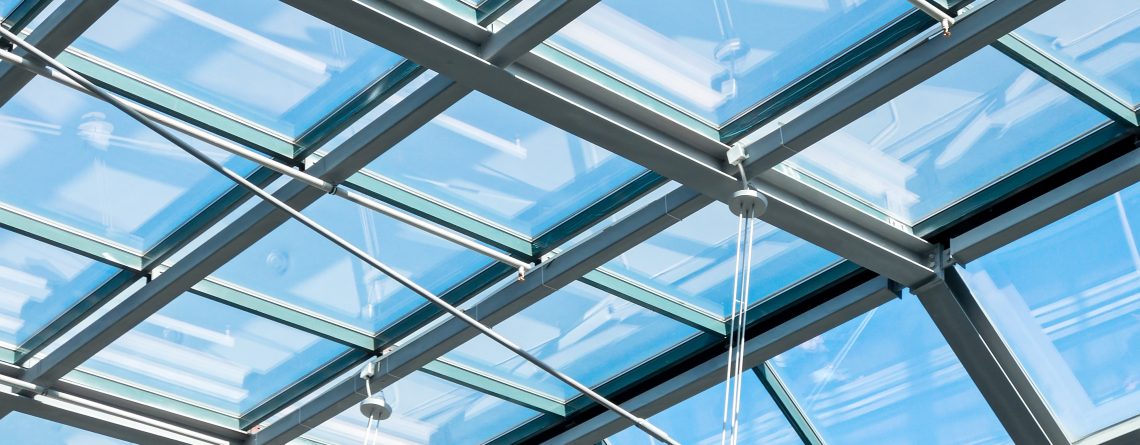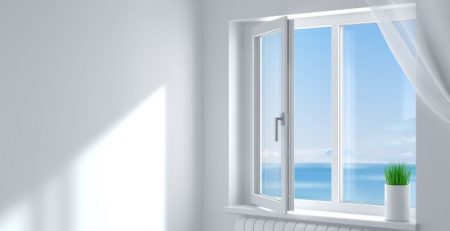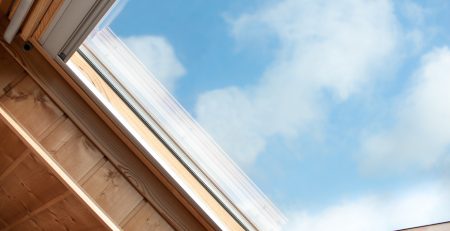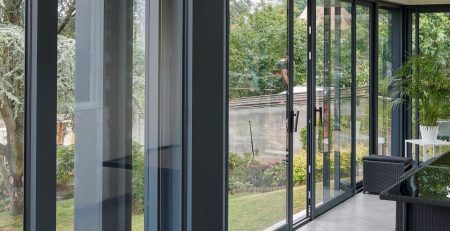Types of glass roofs to transform clients’ living spaces
A timeless addition to any property, a glass roof is a means of bathing interiors of all shapes and sizes in natural light, and ingeniously increasing the possible sense of connection to the natural world outside. Further enhancing the appeal of glass roofs, increasingly sophisticated manufacturing methods means no longer compromising on insulation, protection from solar radiation, or security.
For these reasons — as well as the aesthetic merits of architectural glass and the added value that glazed installations of all types can bring to property — increasing numbers of clients are opting for glass roof systems. Consequently, these are being developed in an ever-diversifying array of formats. With so many different design options available, however, it is not always possible for clients to discern the most appropriate options for their project outright.
Developers and construction teams will benefit from an extensive and comprehensive knowledge of the benefits of different glass roofs that are available, in order to assist clients in devising the best design solution to realise their dreams.
Seeing the light: why clients are asking for glass roofs
Not only is a glass roof installation a stylish means of reducing energy consumption and electricity costs, but the influx of natural light a glass roof can provide comes with a multitude of wellbeing benefits clients covet.
These include improved quality of sleep, realigning the body clock with the natural rhythm of the day, and improving focus and concentration. Our increased collective awareness of these health and wellbeing benefits is a significant factor in the surging popularity of glass installations.
Recent research reveals that humans spend over 90% of our time indoors, getting insufficient exposure to natural light. This is linked to negative side effects which can range from poor sleep and irregular sleeping patterns, to fatigue during the day, physical consequences like headaches and poor digestion, as well as effects on our mental health like depression and anxiety. A glass roof effortlessly increases the access to natural light within a home, preventing these outcomes.
A glass roof system is consequently an apt design suggestion to make to all clients who are exploring their options regarding upping the feel-good factor of their living space.
Fixed or open glass roof system?
Choosing between a fixed and opening roof is one of the first considerations. The appropriate solution will depend on ways in which the client wishes to affect the overall space by installing their chosen glazing feature.
Closed glass roof systems
A closed roof is ideal for clients who are simply wishing to let the light into their property, rather than intending to alter the air quality, i.e. through ventilation. Closed roof designs are particularly appropriate for hard-to-access areas, for example if the roof is very high. With this in mind, clients should be made aware that treatments such as hydrophobic (water-repellent) coatings can be applied to glazed roof panels, to remove the need for regular cleaning.
Types of closed glass roofs include:
Single panel roof. The elegance of this understated design solution cannot be overstated. A single panel glass roof can be incorporated into virtually any property design or refurbishment, increasing levels of natural light and providing a stunning, clear, opaque or translucent view of the sky.
Multiple panel roof. Multiple panel roofs allow clients to cover large areas with architectural glass. In multiple panel roof designs, panels tend to be small enough for installation to take place wihtout the use of a crane, reducing costs. For certain projects, clear silicone may be used to join panels together, for a seamless look. Alternatively, panels may be separated like sklyights, or positioned to overlap for a dynamic corrugated effect; the options are limitless.
Open glass roof systems
An open roof is ideal for clients who want to let the air into their property as well as the light. Choosing the right type of open roof will depend on whether it will be used as an entrance and exit — i.e. for a rooftop space — and the ways in which clients want the addition of the roof to alter their indoor climate, i.e. providing ventilation or full opening. Types of open glass roof systems include:
Sliding glass roofs. From single-panel installations to whole-area canopies, i.e. for a pool-house, sliding glass roofs allow clients the option of full or partial coverage. This can be operated manually, by a control panel, or remotely, for total flexibility. Sliding glass roofs are particularly appropriate for providing an access point to roof spaces.
Hinged glass roof. With a minimal, unobtrusive mechanism, a hinged glass roof is ideal for clients looking to ventilate their property with ease and style. Alarm systems and rain-detection coatings can be easily incorporated into the design, while the minimal, unobtrusive mechanism makes this an easy installation forall kinds of living spaces.
Pop-up glass roof. An open glass roof with all the stylish simplicity of a glazed panel roof, a pop-up glass roof is a panel which can be raised remotely, through the use of a sophisticated mechanism. This allows the roof to provide ventilation, without sacrificing any visual quality to the design.
Glazing technologies to raise the roof
Clients may have certain preconceptions about architectural glass — for example, that it is a poor insulator which will contribute to unnecessary energy loss, or that it presents an undue security risk. However, the technologies used to create contemporary glazing panels has significantly, and these concerns are no longer substantiated by its performance.
On the contrary, the lamination process used to join panels of glass together means that super-strength, shatter-resistant glass can be created. Furthermore, solar reflection and heat retention technologies can be incorporated to ensure that any glass panelling helps regulate the temperature of the interior space, keeping necessary heat in and refracting excess heat to prevent overheating. Privacy, another important consideration, can be achieved through the use of switchable glass, which contains a coating that transitions from clear to opaque at the touch of a button, or with prior programming, giving clients equal freedom to stargaze or shelter from the sun.
From a development or construction standpoint, being aware of the benefits of increasing access to natural light within a property and the wide range of design options available will help you identify and deliver transformative solutions for clients.
Rosalind Stone writes for Cantifix: architectural glazing with a difference.





